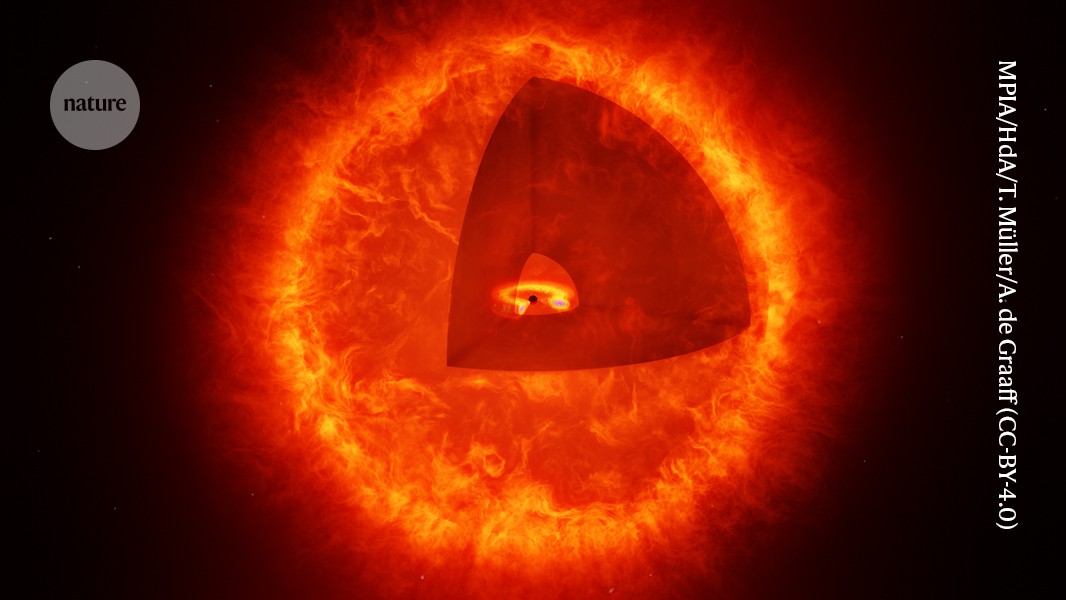
"When the James Webb Space Telescope (JWST) looked back in time to observe the Universe's earliest moments, it presented astronomers with something most peculiar: hundreds of 'little red dots' that inexplicably freckled the ancient cosmos. The specks, named for their compact size in JWST images and their emission of long, 'red' wavelengths of light, initially baffled astronomers. They seemed too condensed to be galaxies, yet didn't emit the right kind of light to be black holes."
"Many scientists now think that little red dots (LRDs) are a hybrid between a black hole and a star: an active black hole wrapped in a cocoon of hot, dense gas - much like the atmosphere of a star - that glows as it the black hole warms it. A more classic black hole, by contrast, doesn't shine in the same way."
The James Webb Space Telescope detected hundreds of compact, red-wavelength sources in the early Universe, labeled little red dots (LRDs). These specks appeared too compact to be galaxies and did not show emission profiles typical of black holes. Many researchers now favor a hybrid interpretation: active black holes enveloped in hot, dense gas cocoons that glow as the black hole heats them, producing red emission. Classic black holes do not produce similar luminous cocoons. Remaining questions include whether LRDs occur beyond the earliest epochs, how they form and evolve, and why they were prevalent in JWST observations.
Read at Nature
Unable to calculate read time
Collection
[
|
...
]